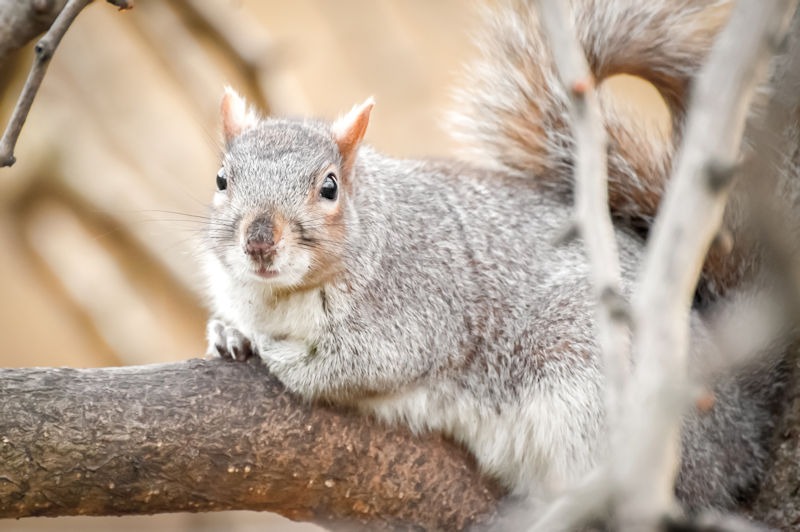As the crisp autumn air descends and winter approaches, many homeowners find themselves wondering about the whereabouts of their furry, bushy-tailed neighbors—squirrels. One common question that surfaces during this time is whether or not these lively creatures hibernate in the winter. Let’s delve into the fascinating world of squirrels and unveil the truth behind this seasonal mystery.
The Perception
The misconception that squirrels hibernate might stem from the reduced visibility of these critters during the colder months. Observing fewer acrobatic feats and erratic chattering in the winter might lead one to assume that these rodents are in a state of hibernation, tucked away in some cozy burrow until the warmth of spring returns.
The Reality
Contrary to popular belief, squirrels do not hibernate in the traditional sense. Instead, they exhibit a behavior known as torpor. Torpor is a state of deep sleep where the metabolic rate drops significantly, allowing the animal to conserve energy during harsh weather conditions. While hibernation involves a prolonged period of continuous sleep, torpor allows squirrels to take short, intermittent breaks from their daily activities.
Adaptable Creatures
Squirrels are highly adaptable creatures that have developed various survival strategies to endure the winter months. One such strategy is caching—storing food in hidden locations to ensure a steady supply when resources are scarce. These clever creatures stash nuts, seeds, and other food items in various locations, relying on their sharp memory to retrieve them when needed.
The Winter Routine
During winter, squirrels spend more time in their nests, known as dreys, constructed in the branches of trees. These dreys provide shelter from the cold, wind, and predators. While they may not be as active as they are in warmer months, squirrels do emerge from their dreys to forage for the cached food supplies. This periodic activity allows them to maintain their energy levels without engaging in constant, energy-draining movement.
Surviving the Cold
Squirrels possess a remarkable ability to endure cold temperatures. Their fur thickens in winter, providing insulation against the chill, and they use their tails as blankets to cover themselves, creating an extra layer of warmth. Additionally, their extremities have specialized circulatory adaptations that help minimize heat loss.
Importance of Awareness
Understanding the winter behavior of squirrels is crucial for homeowners, as it helps demystify their seasonal disappearance and prevents unnecessary concerns. While squirrels are not true hibernators, their torpor-like state enables them to navigate the winter months efficiently. Homeowners can contribute to the well-being of these creatures by ensuring the availability of food sources, such as bird feeders and seed stations, especially during harsh weather.
Professional Wildlife Removal
Despite their charming antics, squirrels can become unwanted guests if they invade homes or cause damage to property. It’s essential for homeowners to be aware of the signs of a squirrel infestation and seek professional wildlife removal services when necessary. Squirrels can chew through electrical wiring, insulation, and even structural elements, posing risks to both the property and its occupants.
Conclusion
In conclusion, the mystery of whether squirrels hibernate in the winter is debunked. Instead, these resourceful creatures employ torpor as a means of conserving energy and adapting to the challenges of the colder months. By understanding their behavior, homeowners can appreciate the resilience of these furry neighbors while taking necessary precautions to coexist peacefully.
For more information on squirrel behavior and wildlife management, refer to reputable sources such as the [National Wildlife Federation](https://www.nwf.org/Home) and [Wildlife Control Technology Magazine](https://wildlifecontroltechnology.com/).
Remember, a harmonious coexistence with wildlife is possible with awareness and responsible actions. Stay informed, and let’s continue to share our living spaces with the diverse creatures that make our environment extraordinary.

